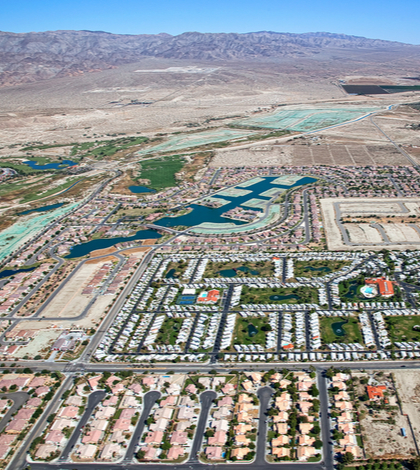Most areas of the Coachella Valley are showing significant increases in groundwater levels over the past 10 years. Two annual reports for the 2017-18 water year, which are submitted to the California Department of Water Resources to comply with the reporting requirements of the Sustainable Groundwater Management Act, are based on annual analyses of groundwater levels in the southern California low desert.
The two separate annual reports are reflective of the Indio Subbasin and the Mission Creek Subbasin, which make up most of the valley’s aquifer. Both reports were submitted in advance of the state’s April 1 requirement.
Over the past ten years the Indio Subbasin report shows significant increases in groundwater levels in most of the subbasin in the range of 2-50 feet. These gains reflect the progress towards long-term sustainable management of the subbasin. The Indio Subbasin is under the cities of Cathedral City, Coachella, Indian Wells, Indio, La Quinta, Palm Desert, Palm Springs and Rancho Mirage. The Indio Subbasin also run under the unincorporated communities of Bermuda Dunes, Mecca, Oasis, Thermal and Thousand Palms.
However, the analysis of the Indio Subbasin found localized areas of decreased water levels in the range of 2-8 feet in the mid-valley area. This area will soon benefit from the Coachella Valley Water District’s (CVWD) Palm Desert Replenishment Facility. Phase one of the project is operational and phase two planning is underway.
The Mission Creek Subbasin is located under Desert Hot Springs and the unincorporated area of Indio Hills. This subbasin’s analysis also shows that throughout the past 10 years there were significant increases in groundwater levels of up to 28.5 feet in most of the subbasin. The subbasin has also shown positive trends since 2005 for future sustainability.
Continuing efforts to conserve, reduce water waste and to connect customers to the nonpotable water system for irrigation purposes resulted in the positive trends observed in groundwater storage in both subbasins during the past 10 years. Successful groundwater replenishment programs along with CVWD’s efforts to connect more golf courses to nonpotable water such as recycled or Colorado River water instead of groundwater are aiding in groundwater conservation.
 California Water News Daily Your Source For Water News in California
California Water News Daily Your Source For Water News in California


